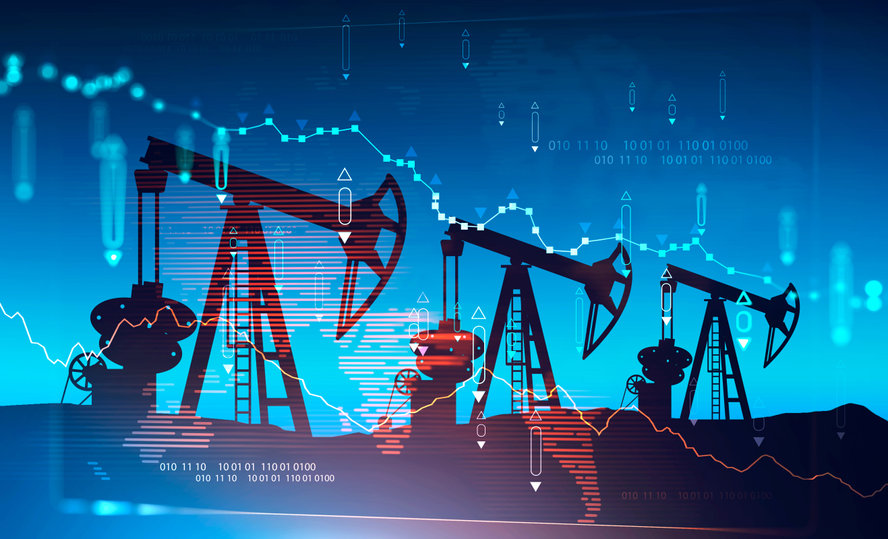Incremental innovation has been accepted by society as the safest way to improve processes, equipment, or business plans. Making small, consistent improvements lessens the risk of failure or complete operational disruption, while still integrating relevant, useful innovations. However, sometimes it’s necessary to forego the safer, more secure incremental change for a transformative leap forward. 
In 2017, the oil and gas industry was booming in the United States with crude oil production exceeding 10MMbpd. This trend continued for two more years, leading the U.S. to dominate the industry and become the world’s largest oil-producing country in 2018 and 2019.
As supply chain, global political relations and economic growth issues started to impact the industry in early 2020, it was accepted that changes needed to be made. However, a massive roadblock fell into the traditional path of subtle improvements and refinements when the COVID-19 pandemic hit.
Borders were closed, travel was banned, and sprawling lockdowns send demand and commodity prices to historic lows. This seismic shift followed by a slow, yet relatively steady rebound, was a wakeup call for the oil and gas industry.
On the surface, it highlights the need for wide-spread, crisis-level business continuity plans for long-term resilience and recovery. But even more so, it presented a tremendous opportunity—for those in the industry daring enough to seize it—to revolutionize the future of oil and gas.
Watch for part 2 in the series to learn how oil and gas visionaries are poised to lead the digital oilfield revolution…and if you’re one of them.